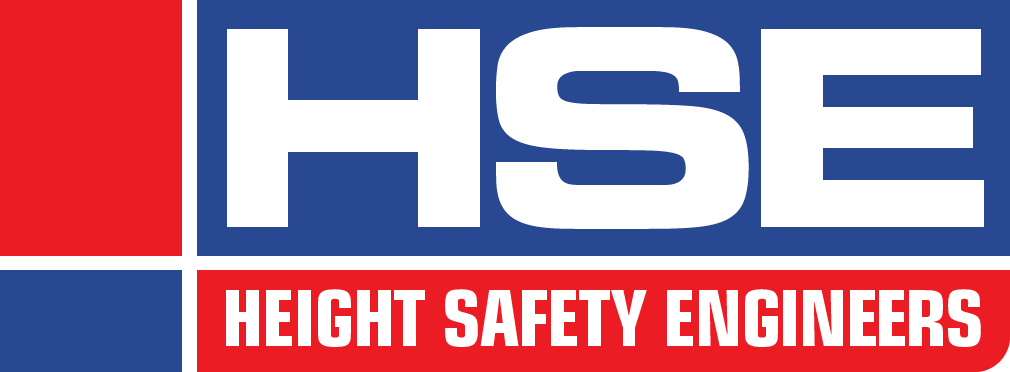This course provides successful participants with the skills and knowledge required to perform height safety work unsupervised, as well as being able to lead or participate in first response rescue.

This course provides successful participants with the skills and knowledge required to perform height safety work unsupervised, as well as being able to lead or participate in first response rescue.
Safety supervisor training are two courses developed for those people running work teams operating at heights or in confined spaces. The training extends the skills and knowledge gained in the introductory working at heights and confined space training to include additional skills in performing rescue operations and generally promoting the following of best practice workplace safety procedures to those teams.
Height Safety Engineers offers two options for safety supervisor training. One for those undertaking work at heights and in other areas where there is a risk of a fall. The other is for those supervising teams entering and working and in and around confined spaces. All training courses can be undertaken at our state-of-the-art training facilities in Sydney or Dubbo. HSE’s trainers bring years of real industry experience to every class we offer.
Course Objectives And Content
WHS Act & Regulations, Codes of Practice and Australian Standards.
Risk management and Legal requirements.
Categories of a Fall Protection System (Restraint technique, work positioning and fall arrest).
Inspection requirements.
Anchorage requirements and redirection anchor forces.
Types, designs, and correct use of fall protection harnesses.
Detailed understanding and discussions of lanyards and self-retracting lifelines.
Tripods, davits, RPD’s, personal winches and retrieval winches discussions.
First man up system uses.
Setting up temporary vertical and horizontal safety lines.
Importance of rescue plans.
Practical skills in a range of rescue situations and techniques.
Building and implementing a height safety and rescue plan.
Height Safety Engineers have been in the business of protecting people for 20 years. Our mission is to provide industry best practice solutions, helping to maintain building compliance and work place safety.
Our accreditation
We have worked tirelessly to become one of the most credentialed height safety companies in Australia. We are dedicated to ensuring that everything we do exceeds industry best practice in every facet, and are dedicated to transparency and accountability in all parts of our work.
The National Association of Testing Authorities (NATA) has accredited HSE for compliance with ISO/IEC 17020 as a Type C Inspection Body.
The scope of our NATA accreditation is the broadest of any in the height safety industry in Australia. Through this accreditation, HSE’s clients can be assured that our testing and reporting on their height safety system is thorough, unbiased and completely independent.
Our team has also worked hard to gain certification in ISO 9001 Quality Management System and ISO45001 OH&S Management System.
Height Safety Engineers are also proud members of the Working at Heights Association of Australia. Through WAHA, we work with industry partners to help improve safety across all aspects of working at heights.
© 2025 coursetakers.com All Rights Reserved. Terms and Conditions of use | Privacy Policy